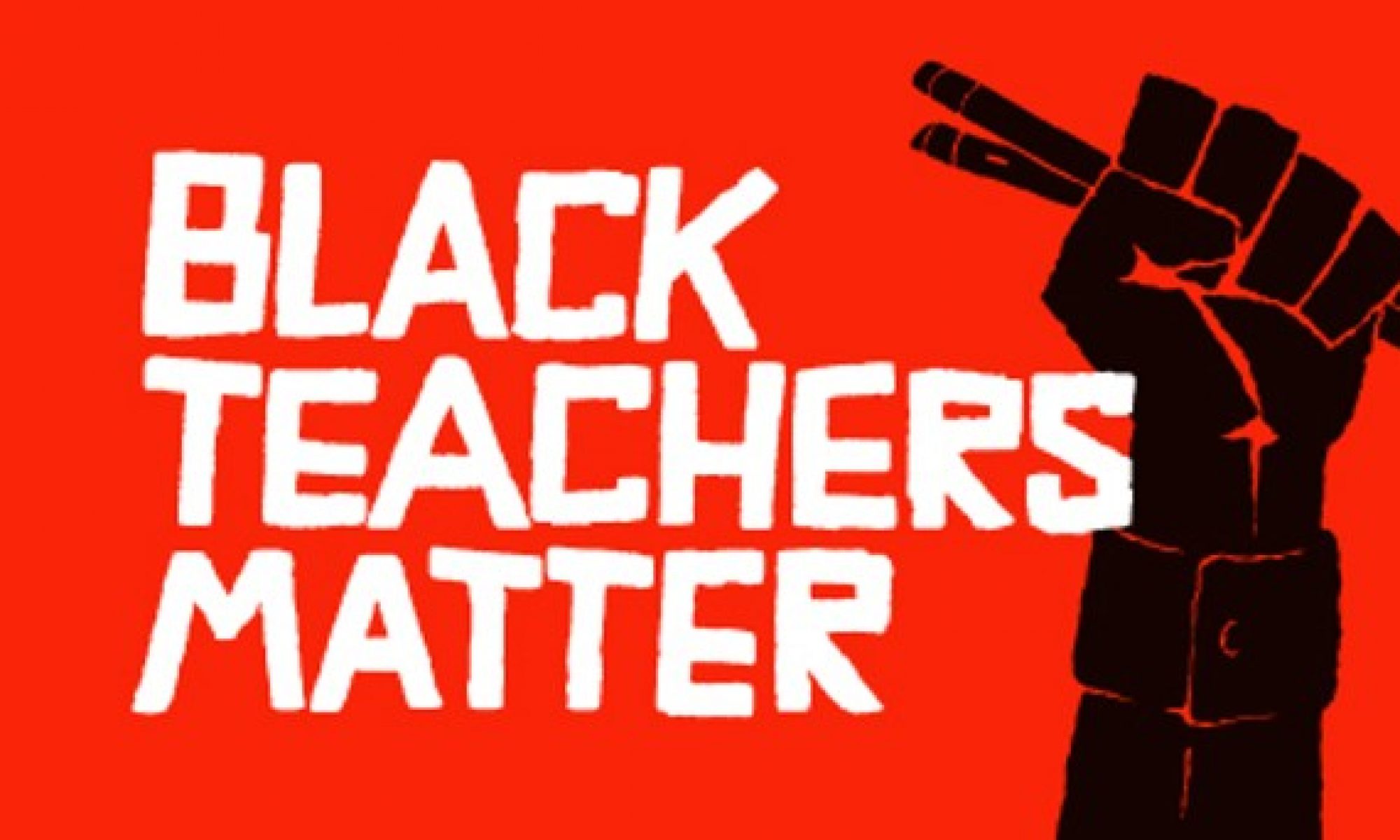Wood-Instruction-Commentary(revised)
Standard 3.b. Implementing and Managing Standards-Based ESL and Content Instruction
Candidates know, manage, and implement a variety of standards-based teaching strategies and techniques for developing and integrating English listening, speaking, reading, and writing. Candidates support ELLs’ access to the core curriculum by teaching language through academic content.
For Standard 3.b, I chose my EdTPA instructional commentary as my artifact. My instructional commentary provides evidence of a rigorous instruction, specifically in using meaning instruction to build relevant academic vocabulary. As an educator, I have always felt a strong knowledge of both academic and basic vocabulary is a linchpin in connecting language to content. According to influential website colorincolorado, “academic vocabulary must be introduced, and then reinforced”. Therefore, in my lesson, I build up vocabulary comprehension through the week, with the scaffolds slowly being removed as the week continues.
In addition to providing academic vocabulary in my lessons, my instructional commentary also illustrates how I provide activities and materials that integrate listening, speaking, reading, and writing. One of the formative assessments I use often in the classroom is THINK-PAIR-SHARE and TURN AND TALK. With this assessment, I find that by giving ELLs think time, they are more likely to provide a substantial response. Moreover, by speaking on a regular basis, my ELLs are able to increase their comprehension and content level. If I were to implement this particular strategy for this particular lesson again, I would try to pair my students more strategically. I tend to pair my ELLs with other ELLs, regardless of level, but I find that conversations are not as…fruitful as when students are paired heterogeneously.
One area of Standard 3.b that I would like to improve on is providing standards-based reading instruction adapted to ELLs. I tend to use the same text for all of my students, with only slight modifications for my ELLs (usually a whole-text translation). However, I feel that I am doing my ELLs a disservice when I don’t honor all of the varying proficiency levels of my students. Even though I do provide texts in a variety of genres related to students’ studies in content-area classes, I need to begin to prepare annotated and abridged versions of texts to my ELLs.


